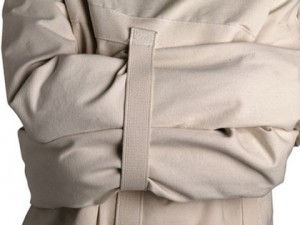
New Scientist—The diagnosis of mental illness needs its own therapy
Three books examine the painful birth of the latest version of the Diagnostic and Statistical Manual of Mental Disorders – and the flaws behind it.


Three books examine the painful birth of the latest version of the Diagnostic and Statistical Manual of Mental Disorders – and the flaws behind it.
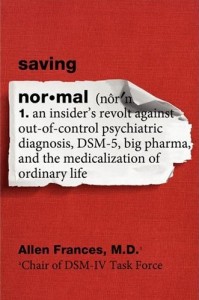
The White House’s sweeping mental health initiatives—which rely on psychiatry’s diagnostic procedures—do not take into account the major controversy currently raging over the lack of science behind psychiatry’s methods of diagnosing mental disorders.
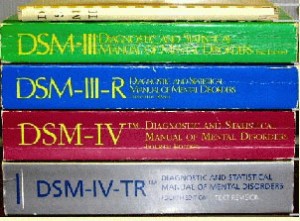
What is mental illness? Schizophrenia? Autism? Bipolar disorder? Depression? Since the 1950s, the profession of psychiatry has attempted to provide definitive answers to these questions in the Diagnostic and Statistical Manual of Mental Disorders.
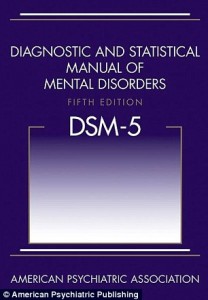
The world’s biggest mental health research institute is abandoning the new version of psychiatry’s “bible”…
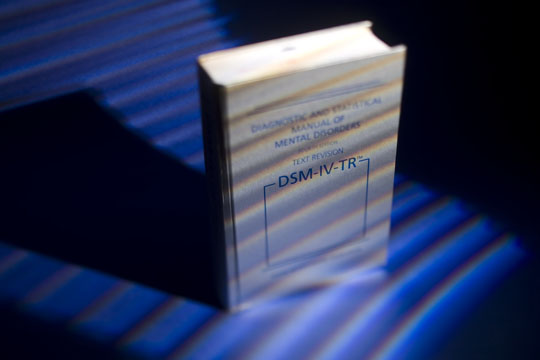
When Mark Twain’s hero Huckleberry Finn was forced to study spelling for an hour every day, he said, “I couldn’t stand it much longer. It was deadly dull, and I was fidgety.” His teacher, Miss Watson, threatened him with eternal damnation if he didn’t pay attention. Huck admits it didn’t seem like such a bad alternative. “But I didn’t mean no harm. All I wanted was to go somewheres; all I wanted was a change, I warn’t particular.”
If that had happened today, Huck would have been diagnosed as ADHD, put on Adderall, and forced to attend school, while the book about his adventures would never have been written.
The American Psychiatric Association invented the term “ADHD” in 1980 to give kids with hyperactivity, impulsivity, short attention span and easy distractibility a diagnosis.
Who would have thought that 28 years later, the National Center for Health Statistics would report that over 5 million American kids (8 percent) between the ages of 3-17 would receive this diagnosis? That’s 1 out of 12, with about half of those on medication.